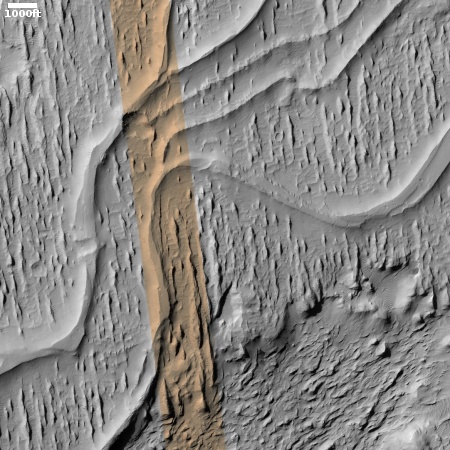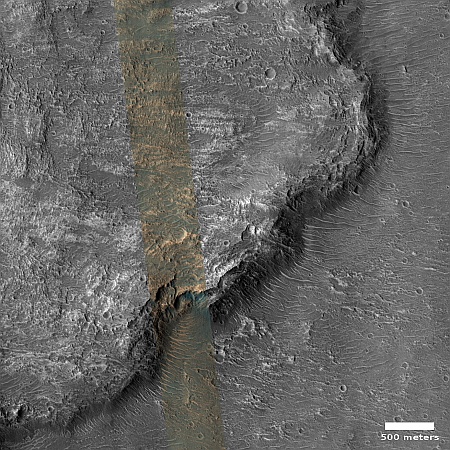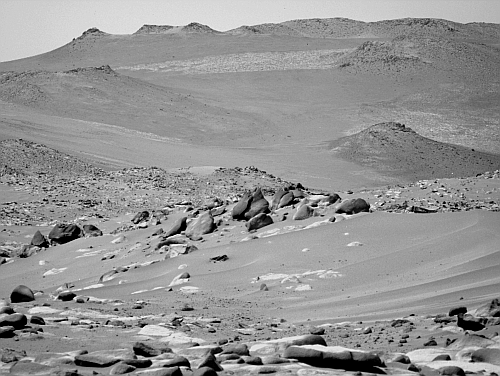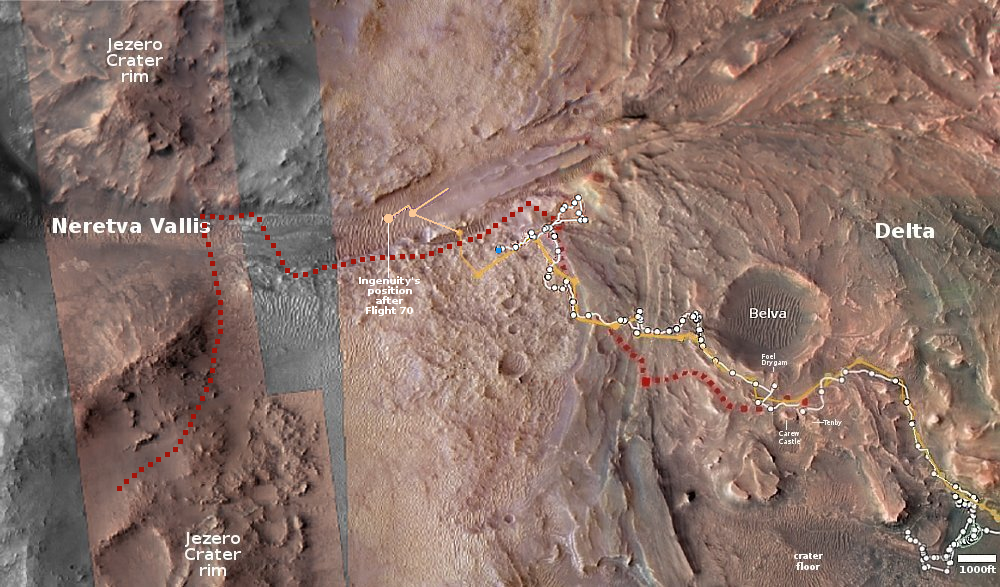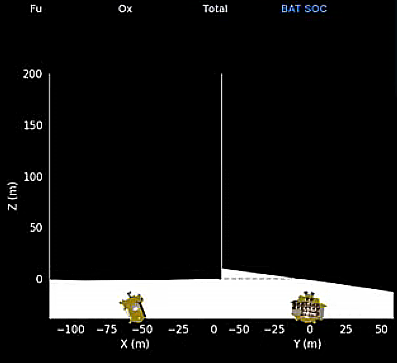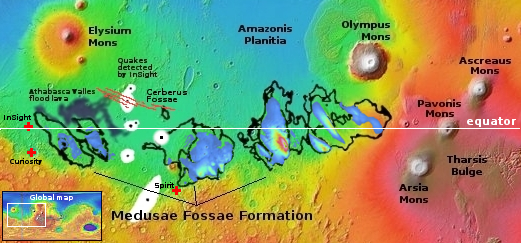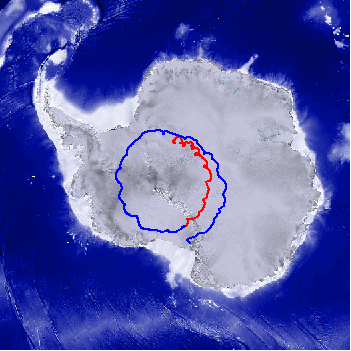An ancient Martian river system now meandering ridges
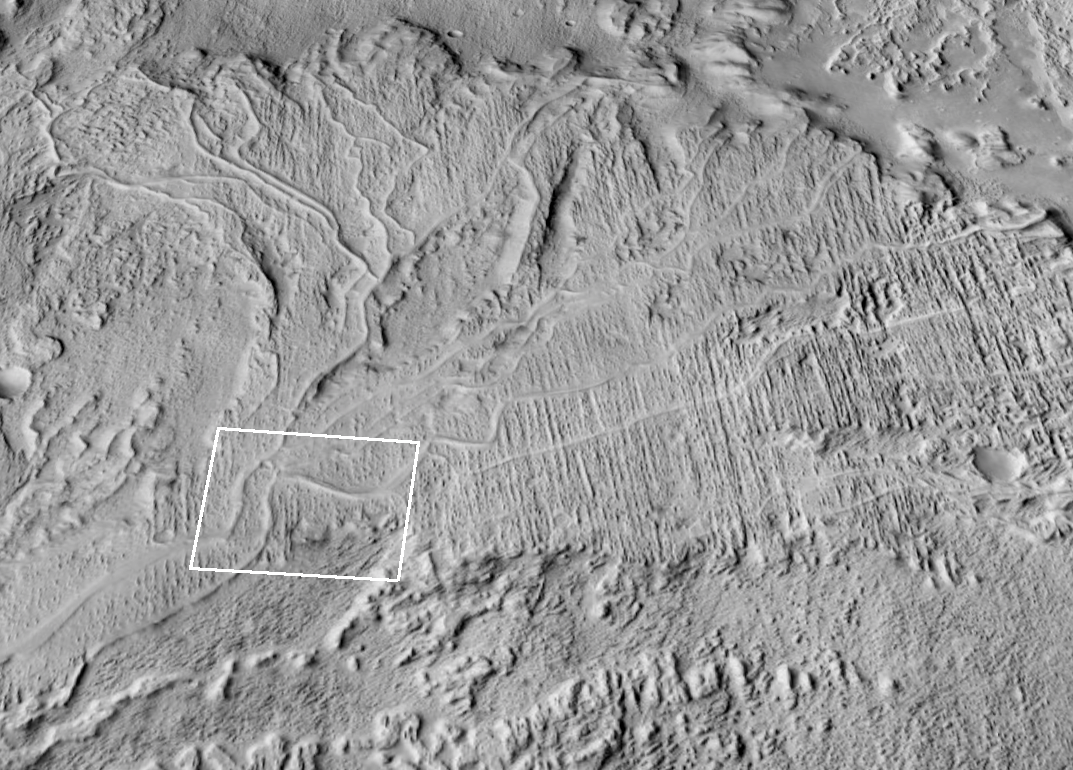
Cool image time! The picture to the right, cropped and reduced to post here, was taken on August 27, 2023 by the high resolution camera on Mars Reconnaissance Orbiter (MRO). It was featured by MRO’s science team yesterday, in which Shane Byrne of the Lunar and Planetary Lab University of Arizona wrote the following:
River beds often get filled with gravel and the surrounding terrain is often built up of fine-grained mud from river overflows. The gravely river bottom and the fine-grained surroundings can lead to a strange phenomenon that geologists call inverted channels. After the river disappears, the fine-grained surroundings can be easily eroded away leaving the gravely river bed as a high-standing ridge.
These ridges show the location of the old river beds in Mars’ distant past. The angle at which the ridges join together indicate that these rivers flowed from top-right to bottom-left (i.e. southwest).
The picture above is a mosaic produced from the global survey taken by MRO’s lower resolution context camera. It gives us a fuller picture of this river system, with the rectangle showing the small area covered by the photo on the right. Overall this ancient and extinct river of ridges travels more than thirty miles downhill from the northeast to the southwest.
» Read more

Cool image time! The picture to the right, cropped and reduced to post here, was taken on August 27, 2023 by the high resolution camera on Mars Reconnaissance Orbiter (MRO). It was featured by MRO’s science team yesterday, in which Shane Byrne of the Lunar and Planetary Lab University of Arizona wrote the following:
River beds often get filled with gravel and the surrounding terrain is often built up of fine-grained mud from river overflows. The gravely river bottom and the fine-grained surroundings can lead to a strange phenomenon that geologists call inverted channels. After the river disappears, the fine-grained surroundings can be easily eroded away leaving the gravely river bed as a high-standing ridge.
These ridges show the location of the old river beds in Mars’ distant past. The angle at which the ridges join together indicate that these rivers flowed from top-right to bottom-left (i.e. southwest).
The picture above is a mosaic produced from the global survey taken by MRO’s lower resolution context camera. It gives us a fuller picture of this river system, with the rectangle showing the small area covered by the photo on the right. Overall this ancient and extinct river of ridges travels more than thirty miles downhill from the northeast to the southwest.
» Read more

